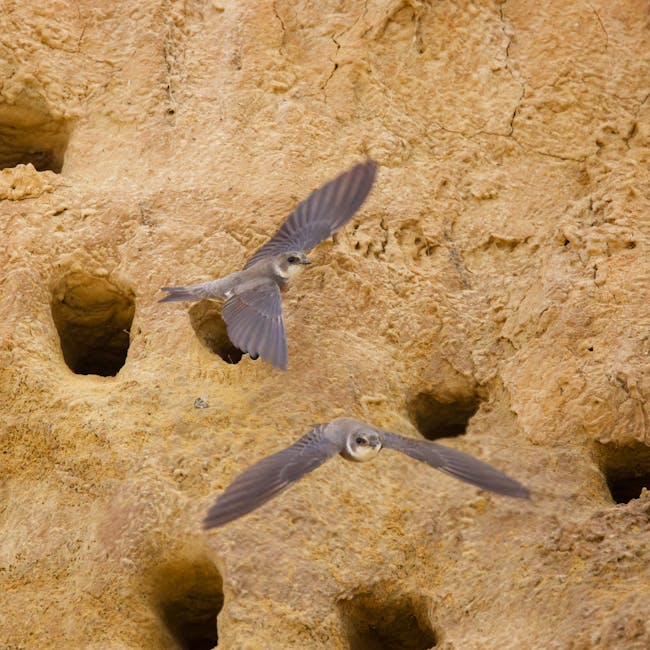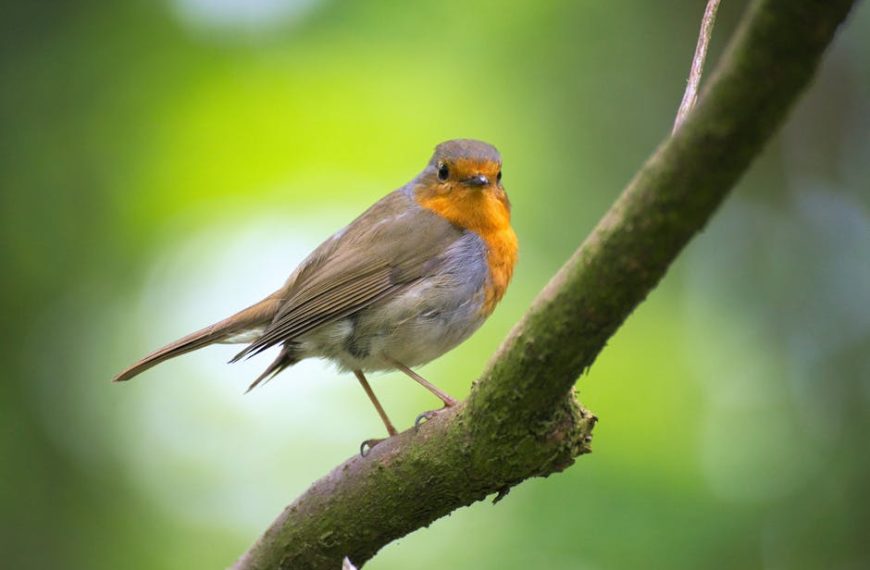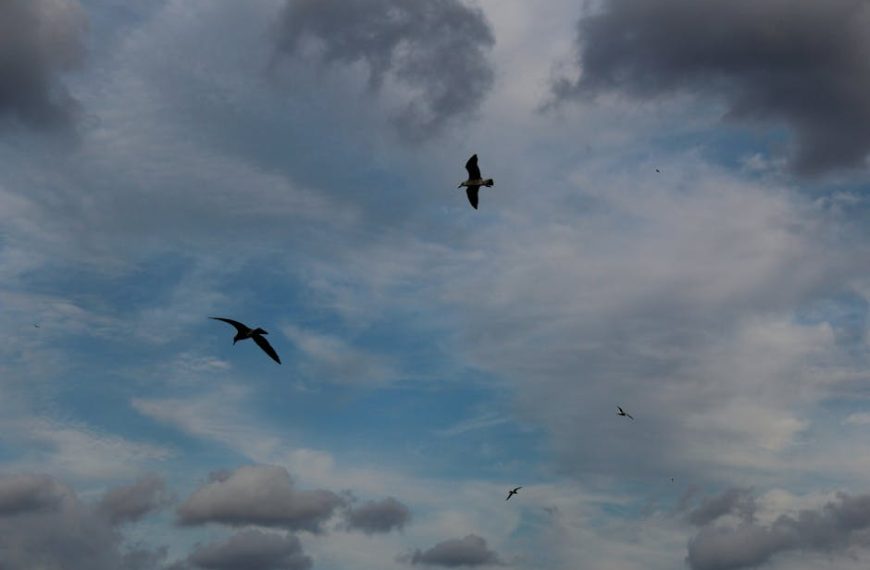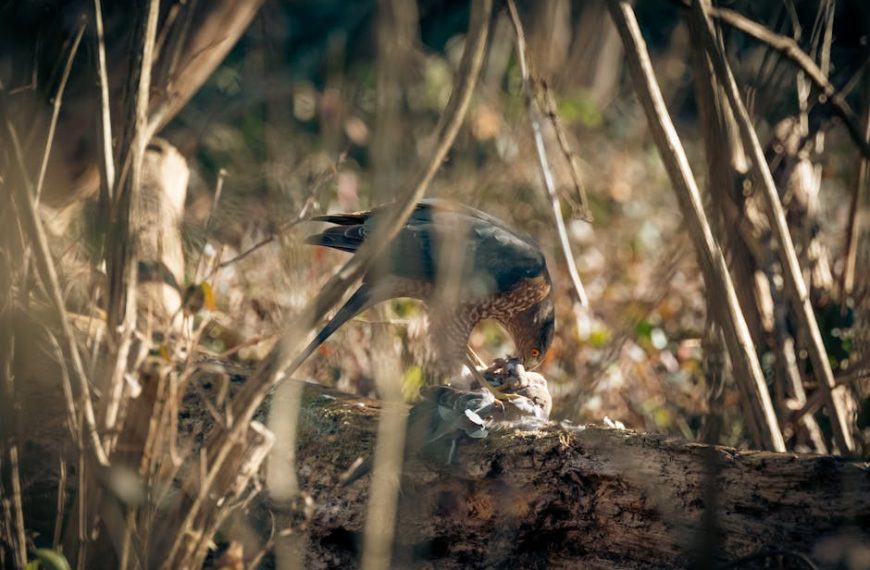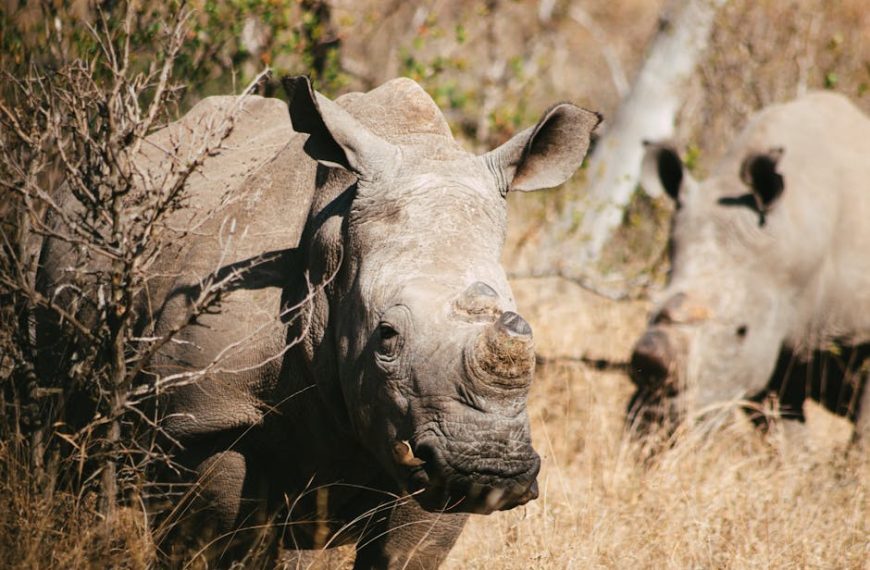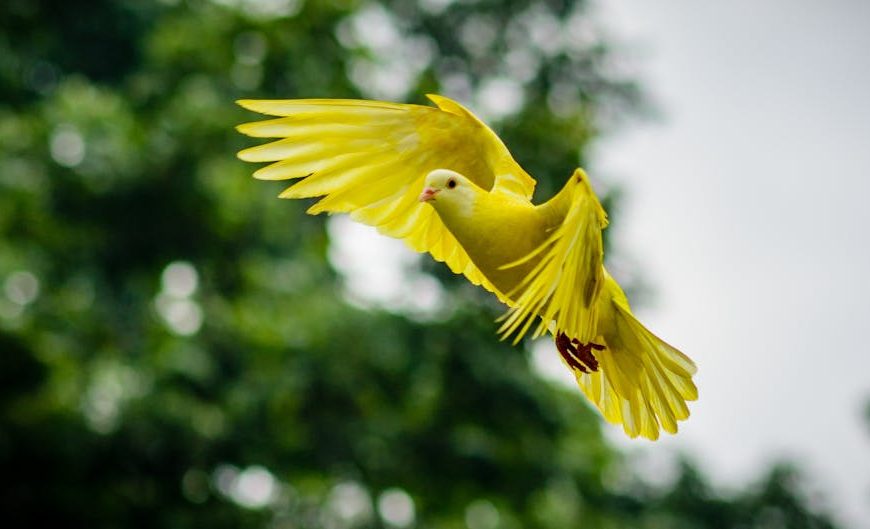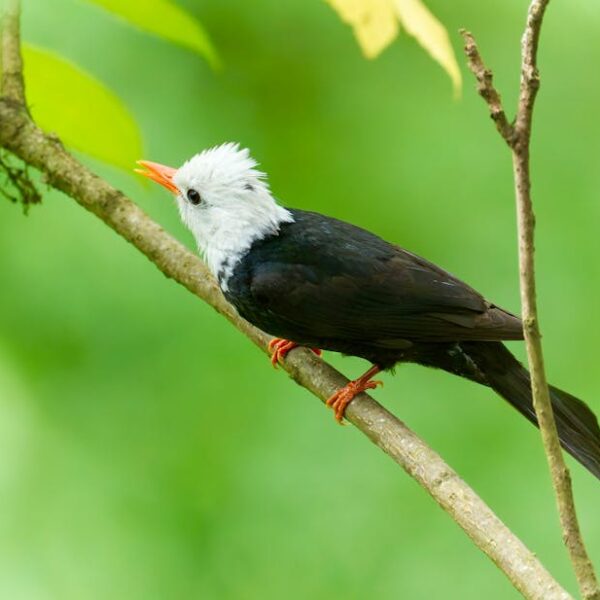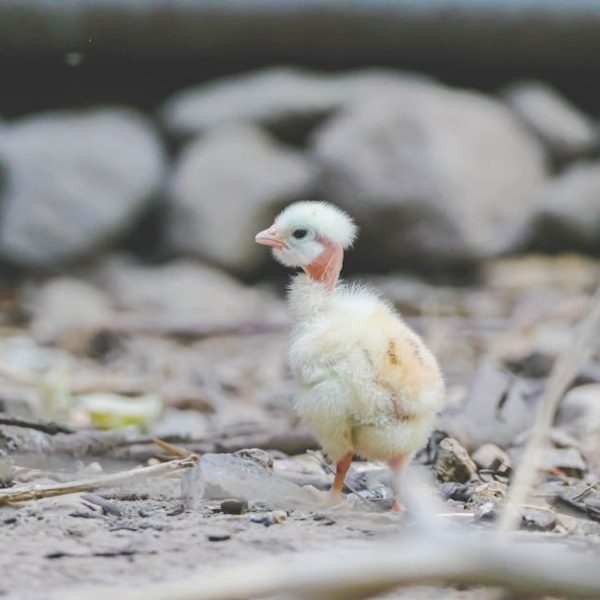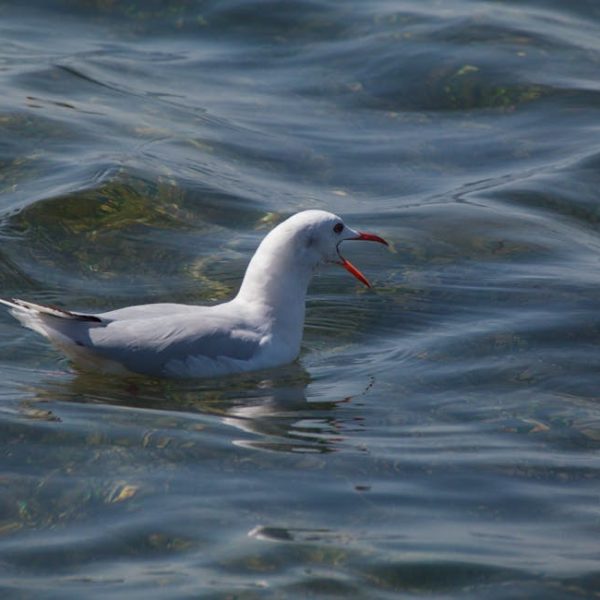Bird migration is a natural phenomenon, a cyclical pattern that sees bird species, both large and small, embark on long journeys from their home territories to new locations. This captivating occurrence happens with the shift of seasons and revolves around the birds’ survival instincts. The primary motivators for this animal behavior are threefold: the need for food, better climate, and suitable breeding locations.
From the awe-striking formations of Canada geese navigating to warmer climates to the fluttering spectacle of Monarch butterflies on their way to Mexico, the patterns of migration are beautifully diverse and intricately woven. Popular species known for their remarkable migration include the Arctic Tern, Ruby-throated Hummingbird, and the Northern Pintail, among others.
While observing this spectacle is genuinely fascinating, it’s crucial to do it responsibly to avoid disturbing the birds or negatively impacting their natural habitats. Practice using binoculars from a distance, keeping noise levels to a minimum, and not disrupting nesting or feeding areas.
The Science Behind Bird Migration: How Do They Know It’s Time to Fly South?
It seems almost magical how birds instinctively know when it’s time to journey south, but science offers rational explanations rooted in biology and environmental cues. Birds’ biological clocks are attuned to the shifting patterns of day length, triggering hormonal changes that prepare them for the grueling trek. As days shorten in the fall, birds interpret this as a signal to begin their migration.
Different bird species display unique migratory behaviors – some travel during the day, some journey during the night, while others are altitude migrants. This offers a remarkable diversity observed in bird migration patterns.
One fascinating aspect of bird migration worth highlighting is their use of the earth’s magnetic fields for navigation. The unique geomagnetic sense acts as a natural GPS, guiding them in their migrations. This innate ability, coupled with visual landmarks and the position of the sun and stars, aids them in maintaining their course, even during vast, transoceanic migrations.
Intricacies of the Migration Journey: Challenges and Survival Strategies
The long distances covered during bird migration are not without risks and challenges. Birds face threats of exhaustion, starvation, predation, and unpredictable weather. However, nature equips them with survival strategies that facilitate their turbulent journey. For instance:
- To fuel their long flights, birds build up fat stores that provide necessary energy.
- Birds often fly in groups or formations to save energy and protect from predators.
- Certain bird species are capable of optimizing air currents and thermal uplifts to aid their travel.
In addition, birds are equipped with physical adaptations such as streamlined body shapes and high metabolic rates, which increase their survival odds during migration.
These survival measures, coupled with their navigation capabilities, allow birds to undertake one of the most demanding journeys in the animal kingdom. In the next part, we’ll delve further into the specifics of bird migration and how we, as observers, can appreciate this natural spectacle.
Witnessing the Journey: Best Times and Places to See Birds Migrate
With bird migration varying vastly based on species and geographic region, it’s essential to know when and where to observe this seasonal spectacle. For instance, in North America, spring migration begins as early as February for some species, peaking in April and May. Fall migration, however, can start as early as July, peaking in September.
Some top watching spots include Hawk Ridge in Duluth, Minnesota, for raptor viewing or Point Pelee, Ontario, for a variety of songbirds. Internationally, the Strait of Gibraltar in Spain or Estonia’s Matsalu National Park are renowned places to witness bird migration.
Yearly bird watching festivals and events make for fantastic opportunities to observe this natural occurrence. For example, the New River Birding and Nature Festival in West Virginia or the Grays Harbor Shorebird and Nature Festival in Washington are commendable events to consider.
ⓘ Pro Tip: Bird watching is a peaceful activity, but it requires patience and keen observation skills. Optimize your bird spotting by going early in the morning or late in the afternoon when birds are more active. Also, equip yourself with binoculars, a field guide, and note-taking materials for a fulfilling experience.
The Effect of Climate Change on Bird Migration
Climate change, with its far-reaching effects, has begun to influence bird migration. Shifts in weather patterns and seasonal changes have started reshaping migratory schedules, posing a threat to these magnificently choreographed journeys.
Changes in temperatures and habitats can cause shifts in the availability and location of food resources, throwing off synchronization with migratory birds’ biological clocks. This could potentially lead to an alarming decline in bird populations, with threatened species being hit the hardest.
Current research however shows birds are demonstrating unexpected resilience and adaptability to these changes. For example, some bird species are slowly altering their migration schedules to coincide with new food availability patterns, while others demonstrate flexibility in breeding locations.
Climate change’s impact on bird migration is a pressing concern and a poignant reminder of our duty as stewards of this Earth. It prompts us to act responsibly towards our environment, as even minute actions can have ripple effects on these glorious creatures’ survival and the natural spectacles they provide. Our observations, respect and understanding of bird migration can contribute not just towards scientific knowledge, but also towards nurturing a more symbiotic relationship with Mother Earth.
Key Takeaway:
- Bird migration is driven by the need for food, better climate, and suitable breeding locations. The spectacle varies based on species and geographic region.
- Birds’ biological clocks, triggered by the changing length of daylight, play a crucial role in signaling migration time.
- Birds use remarkable navigation methods during migration, including geomagnetic sense, visual landmarks, and celestial cues.
- Despite numerous challenges, birds manage to survive migration using strategies such as building up fat stores, flying in groups, and using physical adaptations.
- Climate change is impacting bird migration patterns, but current research indicates some resilience and adaptability among bird species.
Recognizing the complex duality of bird migration – its beauty and dangers – inspires an appreciation for these remarkable creatures and their innate survival strategies. As responsible observers, our actions can contribute towards the safeguarding of these species and the preservation of this natural spectacle. So, let’s cherish the captivating sight of migration, fostering a deeper respect for nature’s incredible choreography.
FAQs
Q: What causes variation in migration distances between different bird species?
A: Migration distances vary among bird species because of factors such as their habitat needs, food availability, and breeding requirements. Some species may have to travel longer distances to find suitable conditions, while others can meet their needs closer to their routine habitats.
Q: Do all bird species migrate?
A: Not all bird species migrate. Migration is usually observed in birds that live in areas with significant seasonal variation affecting food availability or nesting conditions.
Q: Besides birds, do any other animals exhibit migration behavior?
A: Yes, many other animals, including certain species of fish, mammals, reptiles, and even insects, also showcase migratory behavior for similar reasons like finding food, suitable climate, or breeding spots.
Q: How can I contribute to bird conservation during migration?
A: There are several ways to support bird conservation during migration. These include supporting habitat conservation efforts, keeping a bird-friendly yard, reducing window collisions by using bird-safe window treatments, and promoting education about bird migration.
Q: Is there technology available to track bird migration?
A: Yes, technology has greatly enhanced our ability to track bird migration. Devices like GPS trackers, satellite tags, and even tiny light-level geolocators can be attached to birds to track their migratory paths.
Feel free to share this article with others interested in the wonderful world of bird migration. Be sure to explore more posts on our website for additional insights.
